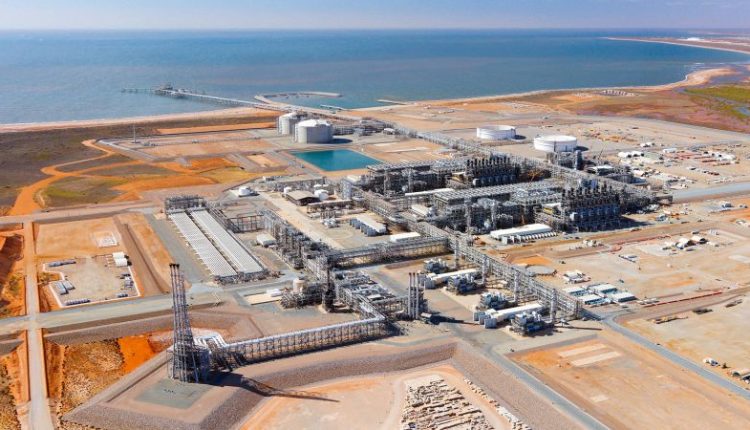Union members have voted to restart industrial action at Chevron’s liquefied natural gas facilities in Australia, threatening renewed strikes that could disrupt about 7% of global LNG supply.
The decision comes two weeks after the US company and the Offshore Alliance, which represents two Australian labor unions, said they had accepted new employment agreements proposed by Australia’s workplace relations tribunal, ending a protracted standoff.
“Chevron have reneged on the commitments they gave the Fair Work Commission only two weeks ago to incorporate the commission’s recommendations into Enterprise Agreements covering workers at the Gorgon and Wheatstone Downstream facilities,” Brad Gandy, a spokesperson for the union group, said in a statement shared with CNN.
In the past days, the Offshore Alliance had been working with Chevron (CVX) to finalize the agreements, the alliance said in the statement.
“However, as part of that process, lawyers acting for Chevron have been attempting to walk back some clauses previously settled,” it added.
Chevron didn’t immediately respond to a request for comment.
The deals proposed by the Fair Work Commission contain “substantial improvements in terms and conditions of employment, including increased remuneration, job security, locked-in rosters [and] career progression,” the Offshore Alliance said on Sept. 22.
Chevron responded at the time that it had “accepted the recommendation to resolve all outstanding issues.”
Workers at the company’s Gorgon and Wheatstone facilities began walking off the job in early September over pay and other conditions of employment.
The sites’ importance extends well beyond Australia. If strikes stopped production at the facilities for a month, about 7% of global LNG supply would be lost, according to Daniel Toleman, a senior gas and LNG analyst at energy consultancy Wood Mackenzie.
In Europe, the threat of strikes in Australia had caused a series of spikes in natural gas prices since August.
On Friday, Dutch natural gas futures, the European benchmark, were 1.3% higher at €36.7 ($38.6) per megawatt hour, having pared gains made earlier in the day. But they are still down by a third from a late-August high.
“It’s too early to assume a big impact on the gas market,” said Alex Froley, LNG analyst at commodities research firm ICIS, referring to the vote to restart industrial action. “The action could still be called off,” he told CNN, noting that even recent strikes hadn’t shut production down completely at the two sites.
After Russia — once Europe’s biggest source of natural gas — invaded Ukraine last year, the continent scrambled to find new suppliers, ramping up imports of pipeline gas from Norway and of LNG, mostly from the United States and Qatar. Europe’s success in filling the gap left by Moscow has helped bring prices down from a record high of around €300 ($317) per megawatt hour hit in August 2022.
However, European prices remain above their long-term average, Moody’s noted in a report Thursday.
“Persistently high and volatile gas prices will erode European competitiveness, [which is] a longer-term risk,” the credit rating agency wrote. “Gas prices will remain higher in Europe than elsewhere, making energy-intensive sectors like chemicals less competitive.”
Read the full article here

